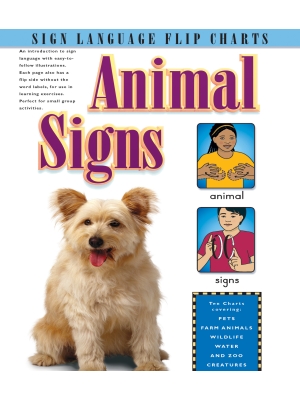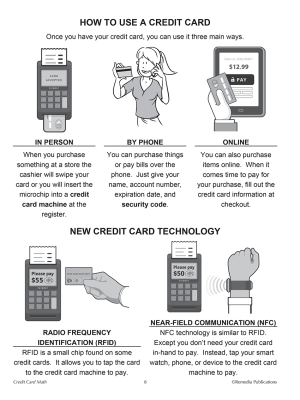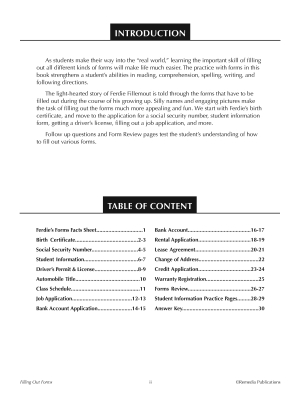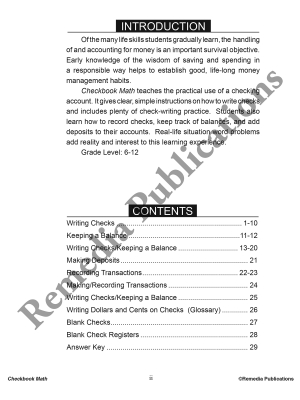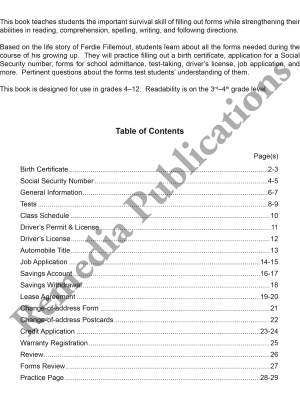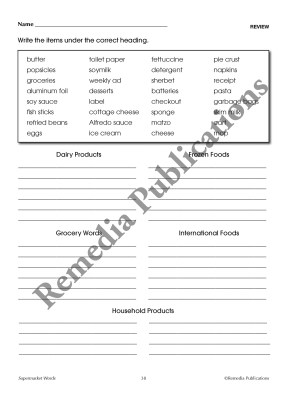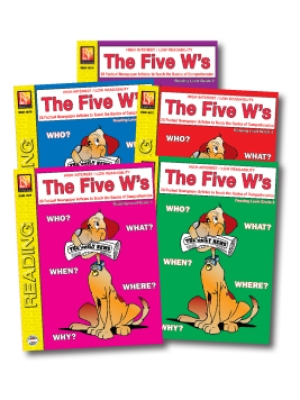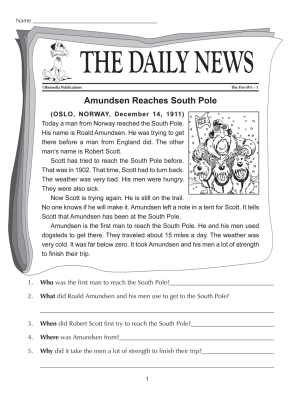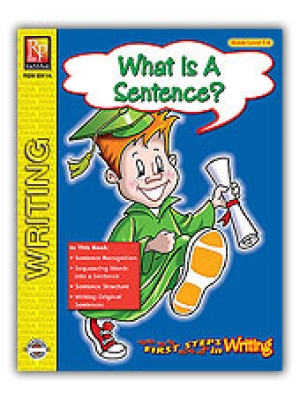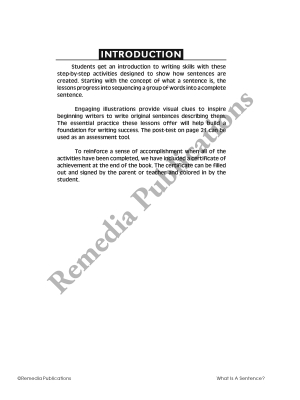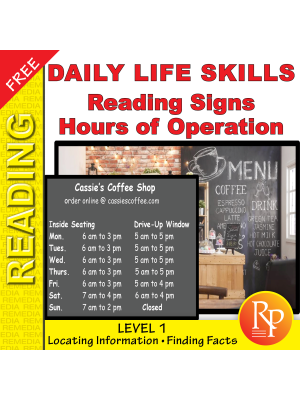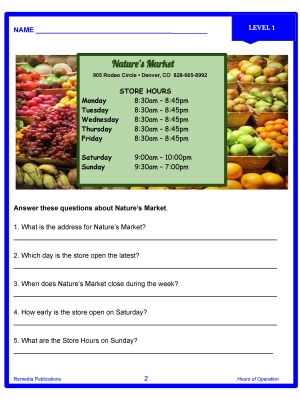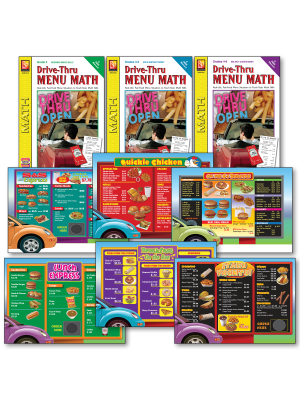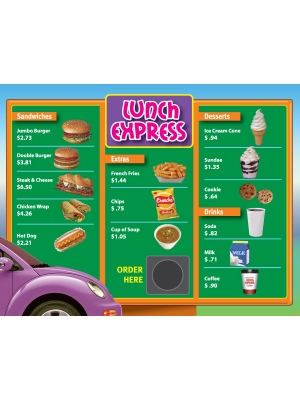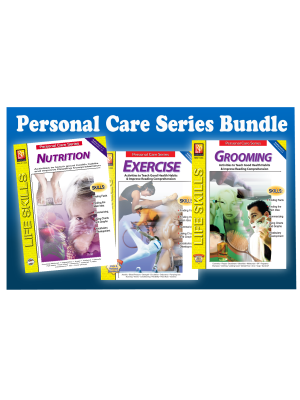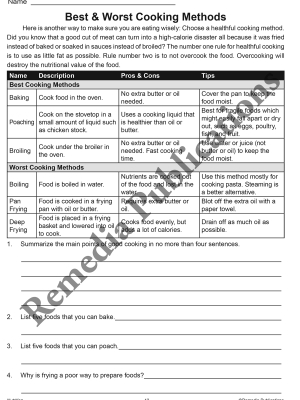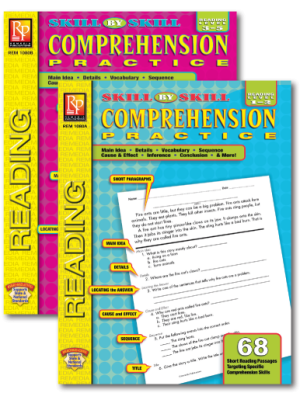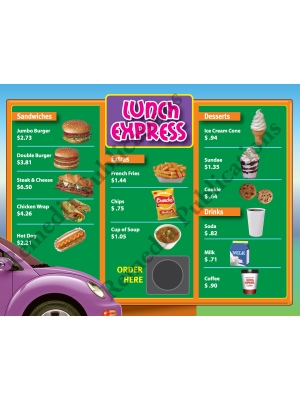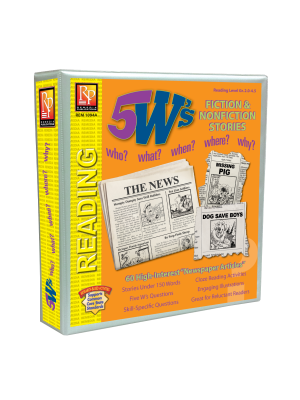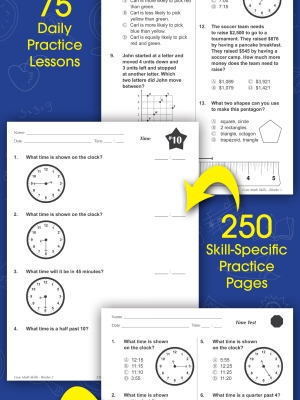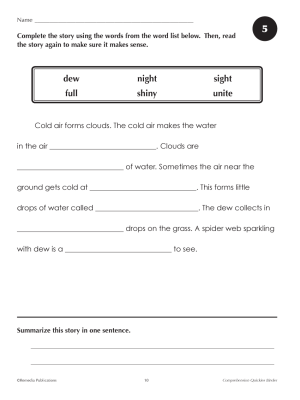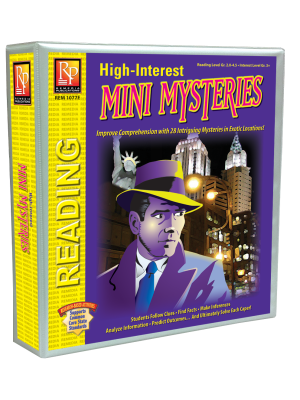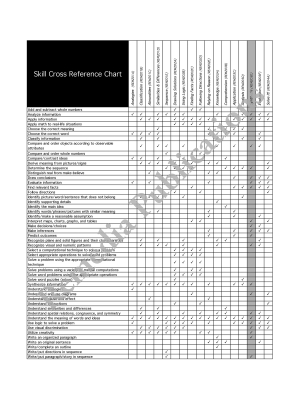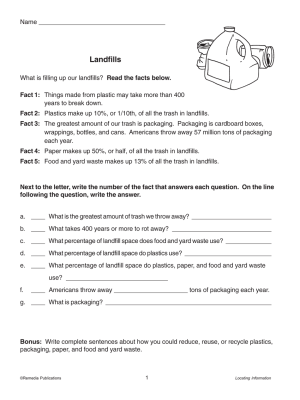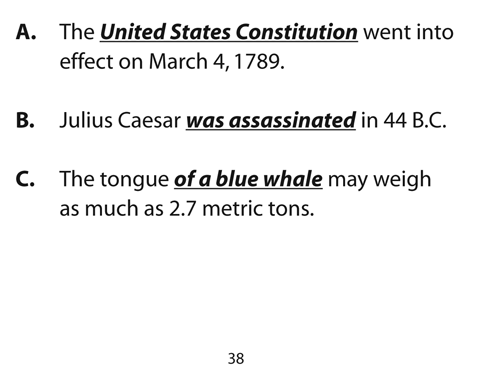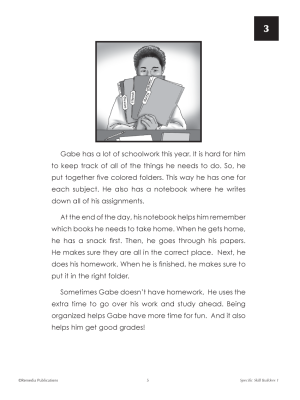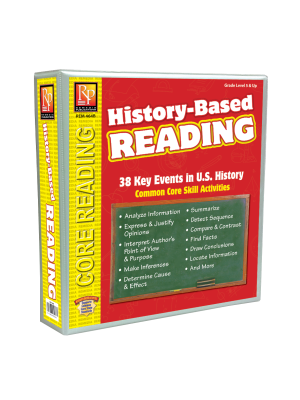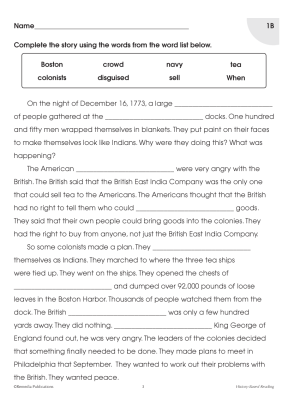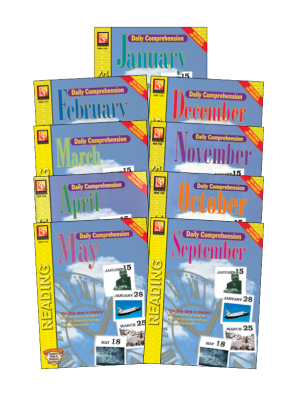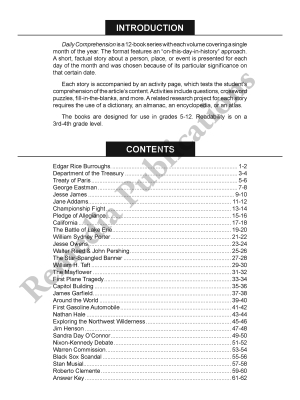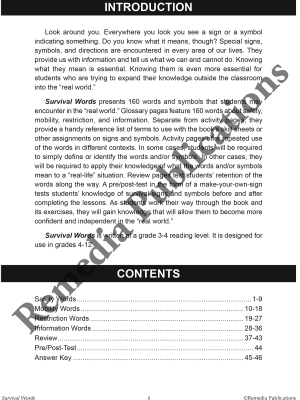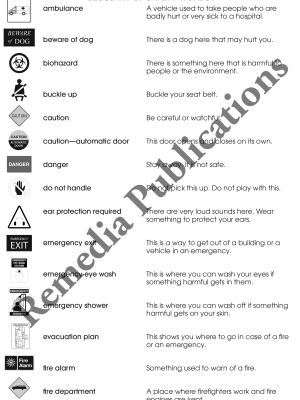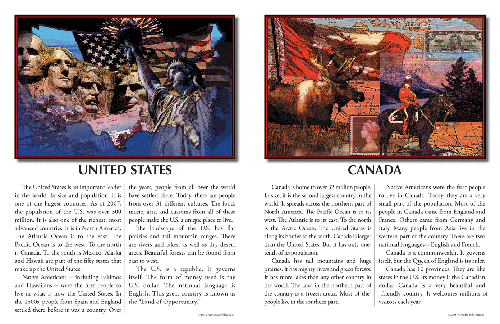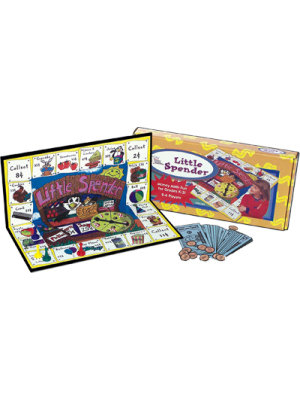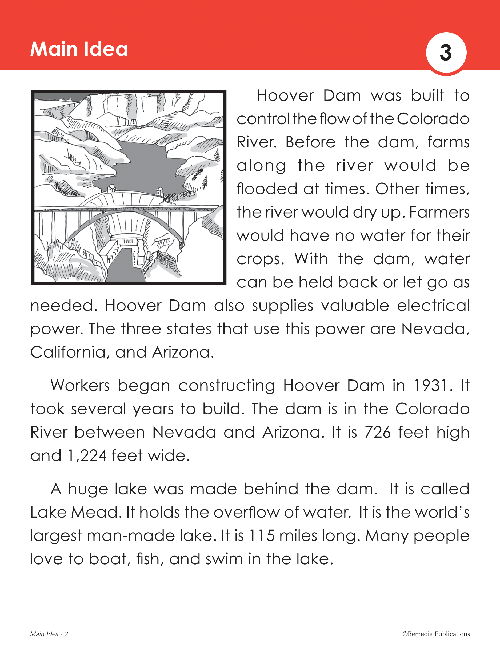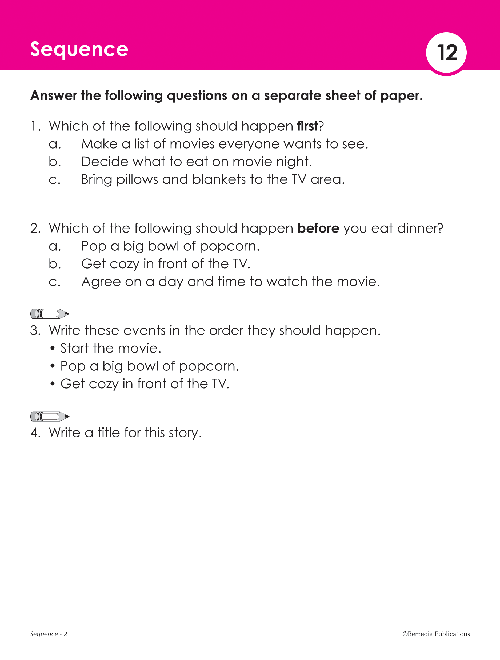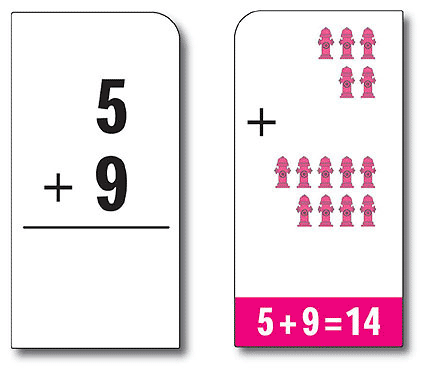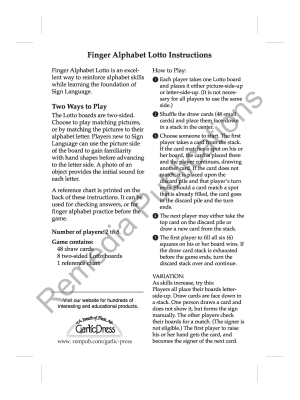This handy stand-up flip chart covers common foods at breakfast, lunch, dinner, and snack times. Words include bread, apple, apricot, peach, chicken, pepper, salt, mushroom, spinach, butter, and more!
Flip chart measures 11"x17" and includes 10 two-sided flip charts--20 charts in all. One chart of each pair presents an idea, concept, or vocabulary. Turn that chart around to show the second chart and t he same signs without the labels for practice or to test comprehension.
Sign language benefits all learning skills as well as improving hand-eye coordination and fine motor skills.
FAQ About Sign Language Materials
Are your sign language materials ASL or Signed English?
Yes! A question that too often cloaks, "Whose camp are you in?" Our offerings tend to run closer to the linguistic models of Standard English. While our Word in the Hand book is clearly modeled for Signed English, our Sign Language Literature Series models Conceptually Accurate Signed English (CASE), and other books which primarily present vocabulary (e.g., Pets, Animals & Creatures) select common usage signs based upon the ASL and Gallaudet communities. Other books (e.g., Signing at School or Can I Help?) model sentence structures closer to English syntax than ASL.
What sources do you use for your vocabulary?
We have tried to choose vocabulary signs that reflect a larger, common usage. Common usage primarily reflects ASL, with attention to Gallaudet, Signed English systems, and other competent academic programs.
Food Signs: Sign Language Flip Chart
- Product Code: REM GP136
- Viewed: 48126
- Availability: In Stock
$19.99
This handy stand-up flip chart covers common foods at breakfast, lunch, dinner, and snack times. Words include bread, apple, apricot, peach, chicken, pepper, salt, mushroom, spinach, butter, and more!
Flip chart measures 11"x17" and includes 10 two-sided flip charts--20 charts in all. One chart of each pair presents an idea, concept, or vocabulary. Turn that chart around to show the second chart and t he same signs without the labels for practice or to test comprehension.
Sign language benefits all learning skills as well as improving hand-eye coordination and fine motor skills.
FAQ About Sign Language Materials
Are your sign language materials ASL or Signed English?
Yes! A question that too often cloaks, "Whose camp are you in?" Our offerings tend to run closer to the linguistic models of Standard English. While our Word in the Hand book is clearly modeled for Signed English, our Sign Language Literature Series models Conceptually Accurate Signed English (CASE), and other books which primarily present vocabulary (e.g., Pets, Animals & Creatures) select common usage signs based upon the ASL and Gallaudet communities. Other books (e.g., Signing at School or Can I Help?) model sentence structures closer to English syntax than ASL.
What sources do you use for your vocabulary?
We have tried to choose vocabulary signs that reflect a larger, common usage. Common usage primarily reflects ASL, with attention to Gallaudet, Signed English systems, and other competent academic programs.






